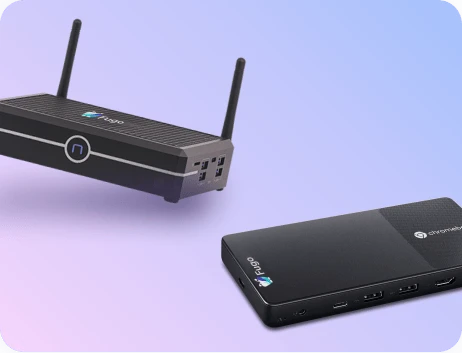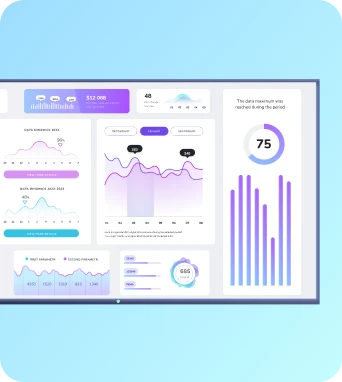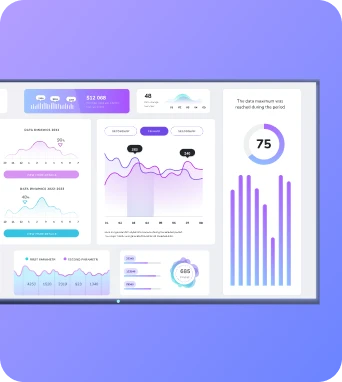Predictive maintenance tools
Predictive maintenance tools in digital signage are systems and technologies used to anticipate and address potential maintenance issues before they lead to equipment failure, ensuring continuous operation and reducing downtime.
What is Predictive maintenance tools?
Technological Foundations of Predictive Maintenance Tools
Predictive maintenance tools rely on a combination of technologies to deliver their capabilities. At the core of these tools is the use of IoT sensors, which are deployed across various components of digital signage systems. These sensors continuously collect data on parameters such as temperature, humidity, power consumption, and operational status. This data is then transmitted to cloud-based platforms where advanced analytics and machine learning algorithms process it to identify patterns and anomalies that could indicate potential failures. Machine learning models are trained on historical data to understand the normal behavior of digital signage systems. By comparing real-time data against these models, predictive maintenance tools can detect deviations that may signal impending issues. For instance, a gradual increase in power consumption might suggest that a display component is deteriorating and may soon fail. By identifying such trends early, maintenance teams can be alerted to take corrective action before a failure occurs. Additionally, predictive maintenance tools often include diagnostic capabilities that allow for remote troubleshooting. This means that many issues can be resolved without the need for on-site visits, further reducing maintenance costs and downtime. The integration of these technologies ensures that digital signage networks remain operational and efficient, providing a seamless experience for viewers and advertisers alike.
Implementation in Digital Signage Networks
Implementing predictive maintenance tools in digital signage networks involves several key steps. First, it requires the installation of IoT sensors across all critical components of the signage system. These sensors must be strategically placed to capture relevant data that can provide insights into the system's health and performance. Once the sensors are in place, the next step is to establish a robust data management infrastructure. This involves setting up cloud-based platforms capable of handling large volumes of data and performing real-time analytics. The data collected by the sensors is continuously fed into this platform, where it is analyzed to detect any signs of potential issues. Another critical aspect of implementation is the integration of predictive maintenance tools with existing digital signage management systems. This integration allows for seamless communication between the maintenance tools and the signage network, enabling automated alerts and notifications to be sent to maintenance teams when anomalies are detected. Training and support are also essential components of successful implementation. Maintenance teams need to be trained on how to interpret the data and insights provided by the predictive maintenance tools. They must also be equipped with the skills to perform any necessary maintenance tasks promptly. Overall, the implementation of predictive maintenance tools in digital signage networks requires careful planning and coordination. However, the benefits of reduced downtime, lower maintenance costs, and improved system reliability make it a worthwhile investment for any organization relying on digital signage.
The Future of Predictive Maintenance in Digital Signage
Keep the learning going...
Predictive analytics tools
Predictive analytics tools in digital signage are software applications that utilize data analysis, machine learning, and statistical algorithms to forecast future trends and behaviors, enabling more effective content delivery and audience engagement.
Predictive display maintenance
Predictive display maintenance refers to the proactive approach of using data analytics and machine learning to anticipate and address potential issues in digital signage systems before they occur.
Privacy-compliant analytics
Privacy-compliant analytics refers to the collection and analysis of data in a manner that respects user privacy, ensuring compliance with legal standards and regulations, particularly in the context of digital signage.



